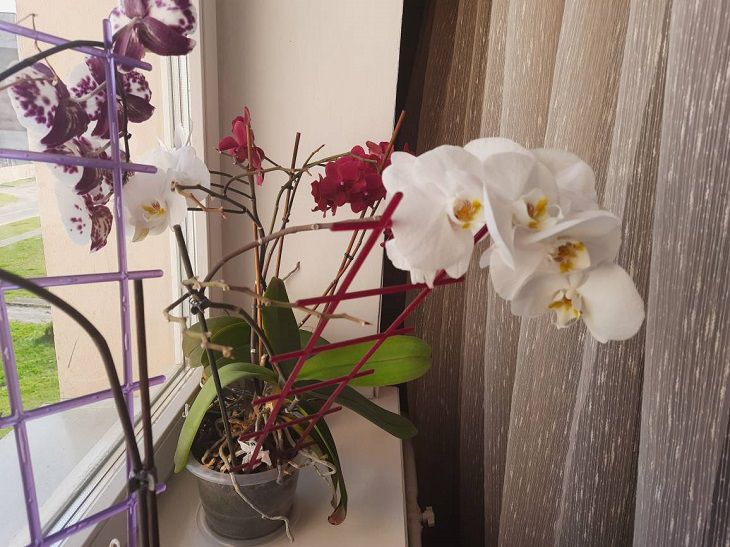What to do with a faded orchid: trim or leave
Orchids are not very whimsical, but exquisite flowers that bloom for several months in a row.
However, sooner or later the plant will fade. And one of the most pressing questions for lovers of this spectacular plant is: should you trim the orchid after flowering has ended?
The answer to this question depends on the type of orchid you have and how much bloom you want to achieve in the future.
Option one: complete pruning
If you have an orchid that has finished blooming, the first step should be to remove the flower stalk. This can be done by cutting it off at the base. Complete removal will help the plant focus its resources on growing leaves and roots.
They will accumulate enough nutrients to form a new flower stalk. In this case, flowering will be abundant, lush and long-lasting.

Provided that the orchid has received good nutrition and water regularly, and that it is in a well-lit place.
Option two: partial pruning
As a rule, there are lateral shoots on the peduncle, on which flower buds are formed. And when the flowers on the central stem have flown, you can cut off only the branch that has bloomed. Then the lateral branches will begin to grow, on which new flowers will bloom. They will be smaller, but the flowering will not stop for some time.
How do you know which branch can be cut and which can't? Non-viable parts die off - first they turn yellow, then they dry up.
They need to be cut to a viable branch or to the first living bud.
It is important to understand that not all species and varieties actively grow lateral flower branches. And also remember that with partial pruning, the flowering is not as lush, and the flowers themselves are smaller.
What else do you need to know?
After complete pruning, the plant enters a period of rest, when its development stops. At this time, you need to reduce watering and completely stop fertilizing, since the orchid simply will not be able to consume them with the same intensity.
It is best if this period falls in winter, when daylight hours are short and there is very little sun.
If this happens in summer, watch the flower's behavior. As soon as a new flower stalk appears, watering and fertilizing should be resumed.
The dormant period is the optimal time for replanting, since a dormant orchid will tolerate this procedure much easier than during active development.
When replanting, you should not only replace the substrate, but also remove rotten, damaged and diseased roots.
